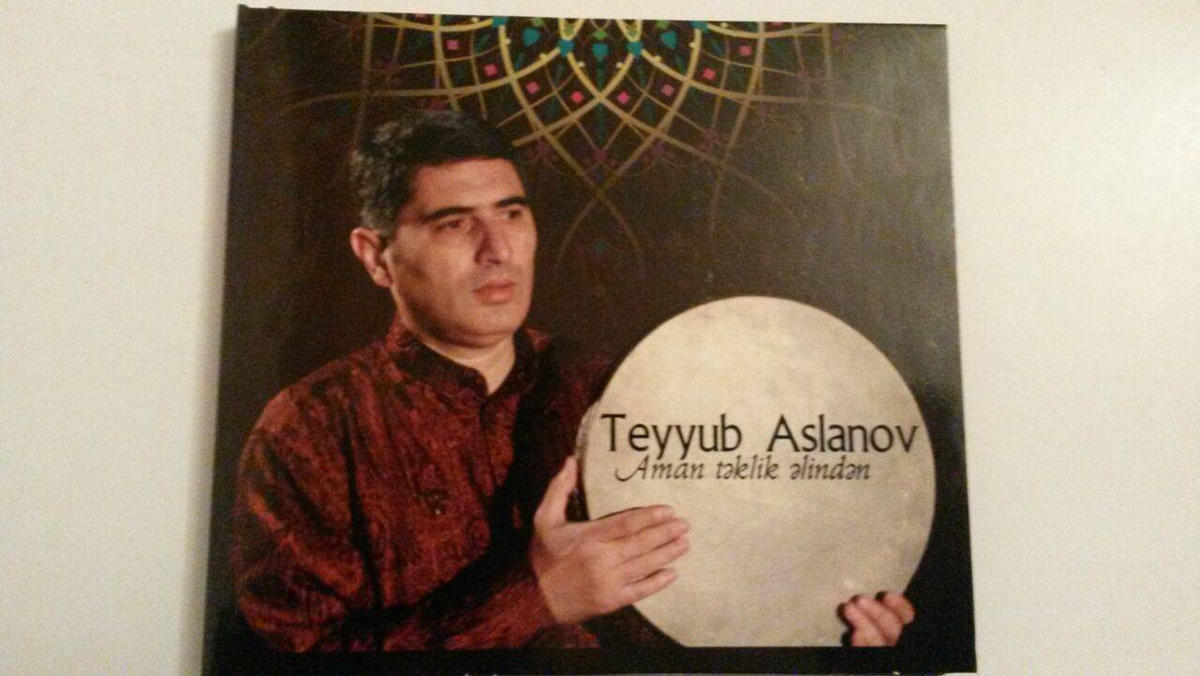Ensemble of Ancient Traditional Musical Instruments turns 20

By Laman Ismayilova
The State Museum of Azerbaijani Musical Culture will host presentation of a new album by Azerbaijan’s honored artist, soloist of the ensemble of ancient musical instruments, Teyyub Aslanov, Trend Life reported.
The new album includes folk songs, mugham and tasnifs (ballads) including Bayati-Kurd, Bayati-Shiraz, as well as of compositions of famous composer and singer, Azerbaijan’s Ambassador to Russia, Polad Bulbuloghlu.
The songs were recorded together with honored artists Aliaga Sadiyev (tar), Shirzad Fataliyev (balaban), Kamran Karimov (nagara) and Elnur Mikayilov (kamancha).
The event will also mark the 20th anniversary of the ensemble.
The ensemble of ancient musical instruments represents Azerbaijan’s musical culture on the international level. Over the years it has participated in international symposiums in Edinburgh (Scotland), Melbourne (Australia), in festivals devoted to music of the Middle Ages in Paris and Strasbourg.
The founder of the ensemble, created together with the Azerbaijan State Museum of Musical Culture in 1996, was People's Artist, Professor Majnun Karimov.
Azerbaijan enjoys a rich, varied musical tradition. Most of the instruments were appeared in ancient times, while most of them were improved and reached our time. Let’s see some of them.
Saz is the stringed musical instrument of the lute type. The instrument has a pear-shaped body, a neck with tied sliding frets, a wooden soundboard and double or triple strings.
Kamancha is bowed string instrument, which is widespread amongst Eastern and Central Asian peoples under a variety of names.
The folk instrument is described in the works of medieval classical poets. Mir Seyid Ali, representative of the 16th-century school of painting, depicted the barbat (lute), daf ( frame drum) and kamancheh in his work called "A Musical Gathering".
The tar, a long-necked plucked lute, is one of the most important musical instruments in Iran and the Caucasus. The tar is traditionally crafted and performed throughout Azerbaijan, and is depicted on the Azerbaijani national banknote of one manat nominal value.
Oud is a pear-shaped stringed instrument with 11 or 13 strings grouped in 5 or 6 courses. Four strings of musical instrument likened to the four elements of nature: fire, water, earth, air. It was often represented in the works of miniature painting.
Balaban is cylindrical-bore, double-reed wind instrument with seven finger holes and one thumb hole. When you play balaban you should use fingers of both hands to open and close certain holes. Balaban can be made of mulberry or other harder woods, such as walnut.
Nagara is a folk drum that is played with the bare hands. It is one of the most popular percussion instruments of the Azerbaijani folk music.
This instrument is described in the Early Middle Age Azerbaijani literary epic, "Kitabi Dada Gorgud.”
The rhythmic beat of the nagara is believed to strengthen the heart. Gosha-nagara is Azerbaijani version for small kettledrums.
---
Laman Ismayilova is AzerNews’ staff journalist, follow her on Twitter: @Lam_Ismayilova
Follow us on Twitter @AzerNewsAz
